Home>Interior Design>Narrow Hallway Ideas: 10 Essential Design Rules For Making A Long Space Seem Wider
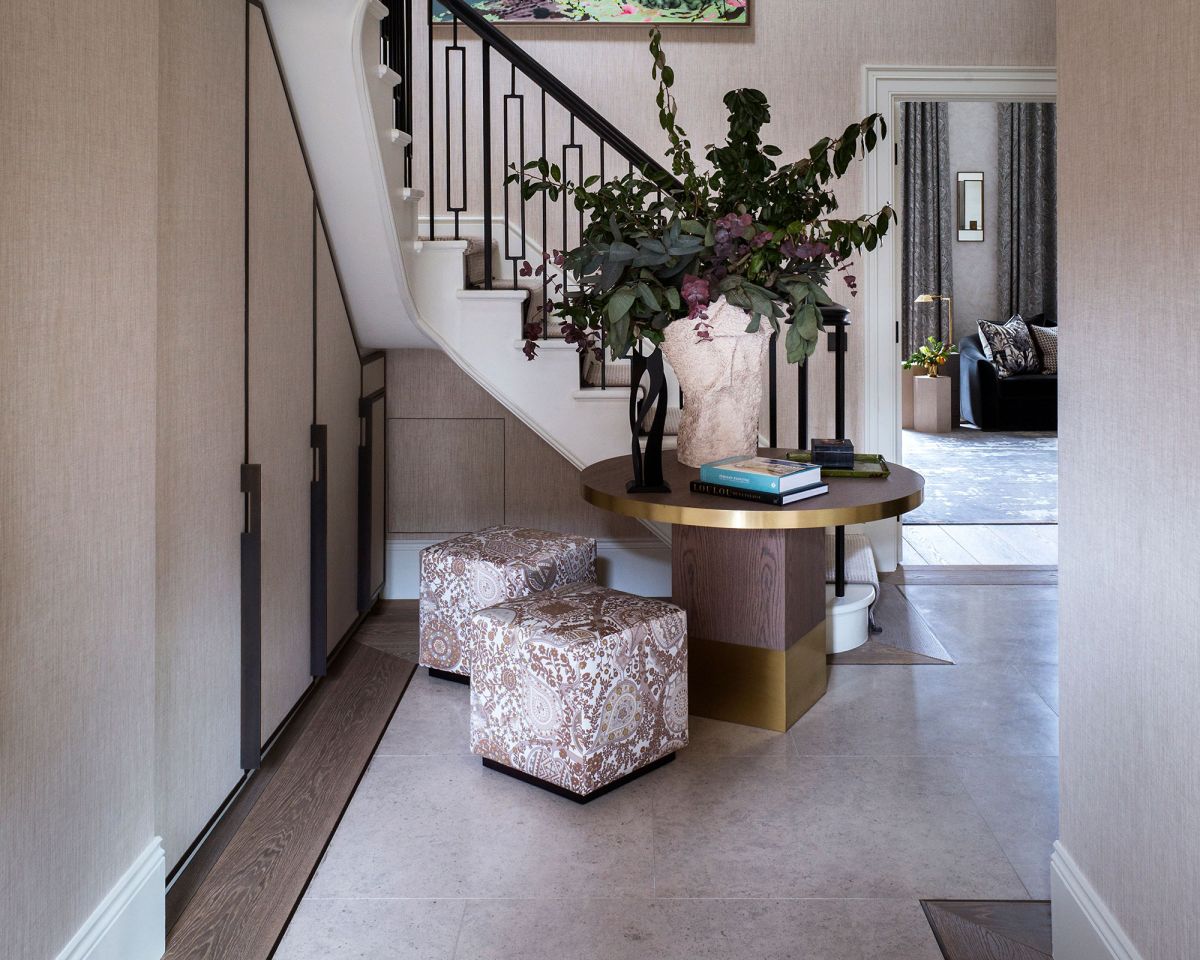

Interior Design
Narrow Hallway Ideas: 10 Essential Design Rules For Making A Long Space Seem Wider
Modified: August 30, 2024
Discover 10 essential interior design rules to make your narrow hallway seem wider. Transform your long space with these clever design ideas.
(Many of the links in this article redirect to a specific reviewed product. Your purchase of these products through affiliate links helps to generate commission for Storables.com, at no extra cost. Learn more)
Introduction
When it comes to interior design, every space in a home poses its own unique challenges and opportunities. A narrow hallway, in particular, can be a tricky area to decorate. Its long and slender shape often gives off a claustrophobic and cramped feel. However, with the right design strategies, you can transform a narrow hallway into an inviting and visually spacious corridor.
In this article, we will explore ten essential design rules for making a long space seem wider. By utilizing these tips, you can create a visually pleasing and functional hallway that will enhance the overall aesthetics of your home.
Key Takeaways:
- Transform a narrow hallway into an inviting space by using light colors, mirrors, and recessed lighting to create an open and airy feel. Incorporate vertical lines, strategic artwork, and slim furniture to optimize the visual perception of space.
- Maximize functionality and style in a narrow hallway by installing built-in storage, experimenting with wallpaper, and creating a focal point. Keep the floor clear, utilize mirrors, and hang artwork strategically to enhance the overall aesthetics of the corridor.
Use Light Colors
One of the most effective ways to make a narrow hallway appear wider is to use light colors on the walls and ceiling. Light-colored paint or wallpaper helps to reflect natural and artificial light, creating an illusion of more space. Opt for neutral shades like whites, creams, or light pastels to give the hallway an airy and open feel.
Avoid dark or bold colors, as they tend to absorb light and make the space feel even narrower. However, this doesn’t mean you have to stick to plain white walls. You can add depth and dimension by using different shades of the same light color or incorporating subtle patterns through wallpaper or textured paint.
In addition to the walls, consider using light-colored flooring as well. Light-colored wood or tiles can further enhance the sense of spaciousness in the hallway. If you prefer carpet, choose a light shade with a low pile to prevent it from overpowering the space.
To complete the look, select light-colored trim or molding that contrasts slightly with the walls. This will add visual interest and help to define the edges of the hallway, making it feel wider.
Remember, the key is to create a cohesive and harmonious flow throughout the corridor. By using light colors, you can visually expand the narrow hallway and create a more inviting and open atmosphere.
Incorporate Mirrors
Mirrors are a fantastic tool for creating the illusion of space in a narrow hallway. They reflect light and bounce it around the room, giving the impression of a larger area. By strategically placing mirrors along the hallway, you can visually expand the space and make it feel more open and spacious.
Consider using a large mirror at the end of the hallway to create a sense of depth. This will give the illusion that the hallway extends even further than it actually does. Alternatively, you can hang multiple smaller mirrors along one side of the hallway to create a dynamic and visually interesting look.
Additionally, mirrors can also serve a functional purpose. They allow you to check your appearance before leaving the house and can make the hallway feel brighter by reflecting natural and artificial light sources.
When choosing mirrors for your narrow hallway, opt for frames that are minimalist and light in color. A frameless mirror or one with a thin metallic or wooden border works well in creating a seamless and airy look. Avoid bulky or ornate frames that can overpower the space and make it feel more cramped.
Remember to position the mirrors strategically to capture and reflect light effectively. Experiment with different angles and heights to find the arrangement that works best for your hallway.
Incorporating mirrors not only adds a touch of elegance to your hallway decor but also serves as a practical solution for making the space appear wider and brighter.
Opt for Recessed Lighting
Lighting plays a crucial role in creating a sense of space in a narrow hallway. Recessed lighting, also known as can lights or downlights, is a great option for optimizing the illumination in this area while maintaining a clean and unobtrusive look.
Unlike bulky chandeliers or pendant lights, recessed lighting fixtures are installed flush with the ceiling, allowing them to seamlessly blend into the hallway’s architecture. This creates a more streamlined and open feel, as there are no hanging elements to obstruct the visual flow.
When installing recessed lights, consider spacing them evenly along the length of the hallway to ensure adequate illumination throughout. This will help to eliminate shadows and accentuate the width of the space. If your hallway features artwork or architectural details, you can also use directional recessed lighting to highlight these focal points.
In addition to the main light source, consider integrating dimmer switches to control the brightness level. This allows you to adjust the lighting according to different needs and occasions, such as creating a cozy ambiance or providing bright illumination for specific tasks.
Furthermore, combining recessed lighting with natural light sources, such as windows or skylights, can enhance the overall brightness and openness of the hallway. If privacy is a concern, consider using sheer curtains or frosted glass to allow light in while maintaining a level of seclusion.
Opting for recessed lighting in your narrow hallway not only creates a clean and sleek aesthetic but also maximizes the sense of space by providing consistent and well-distributed illumination.
Utilize Vertical Lines
In a narrow hallway, creating the illusion of height can help to counterbalance the tight width and make the space feel more expansive. One effective way to achieve this is by incorporating vertical lines in your design. Vertical lines draw the eye upward and create a sense of height and spaciousness.
You can introduce vertical lines in several ways. One option is to use wallpaper or paint with vertical stripes. Striped patterns that run from floor to ceiling can visually elongate the hallway and make it feel taller.
If you prefer a more subtle approach, consider using decorative wall panels or wainscoting with vertical lines. These architectural elements can add texture and visual interest while emphasizing the verticality of the space.
Another way to incorporate vertical lines is through the choice of furnishings and accessories. For example, a tall and slim console table or a floor lamp with a vertical design can help to draw the eye upward, creating the illusion of higher ceilings.
Additionally, consider hanging artwork or photographs in a vertical arrangement. This will not only add a personal touch to the hallway but also emphasize the vertical lines, making the space appear taller.
When utilizing vertical lines, it’s important to strike a balance. Avoid overcrowding the walls with too many vertical elements, as this can create a cluttered and overwhelming look. Instead, opt for a few well-placed and carefully selected design elements that enhance the sense of height without overwhelming the space.
By incorporating vertical lines in your narrow hallway design, you can visually elongate the space and create a more spacious and open atmosphere.
Create a Focal Point
In a narrow hallway, creating a focal point can divert attention away from the hallway’s dimensions and draw the eye to a specific area, making the space feel more visually appealing and less confined.
Choose a focal point that reflects your personal style and complements the overall design of your home. This could be a piece of artwork, a gallery wall, a decorative mirror, or even a striking light fixture.
Position the focal point strategically to optimize the impact. Consider placing it at the end of the hallway to create depth and make the space appear longer. Alternatively, you can create an asymmetrical arrangement by positioning it off-center, which adds visual interest to the hallway.
When selecting a focal point, ensure that it doesn’t overpower the narrow hallway. Choose a piece that is proportionate to the space and compliments the overall design aesthetic. For example, if your hallway has a minimalist style, opt for a sleek and contemporary artwork or a simple yet elegant light fixture.
Additionally, using lighting can further enhance your chosen focal point. Install accent lights such as wall sconces or picture lights to highlight the artwork or mirror. This will not only bring attention to the focal point but also add depth and dimension to the hallway.
Remember, the purpose of creating a focal point is to capture attention and redirect it away from the narrow space. By strategically placing and highlighting a focal point, you can add interest and depth to your hallway, ultimately making it feel more visually spacious and engaging.
Use light colors to create a sense of openness and avoid clutter to maintain a clear pathway. Mirrors can also help to visually expand the space.
Keep the Floor Clear
In a narrow hallway, it is important to keep the floor as clear as possible to create a sense of openness and avoid clutter. This not only helps to visually enlarge the space but also ensures safe and easy passage through the hallway.
Avoid placing unnecessary furniture or objects on the floor that can obstruct the path and create a cramped feeling. Instead, opt for a minimalistic approach and only include essential items such as a slim console table or a small bench if needed.
If you have the space, consider using floating or wall-mounted storage solutions to keep the floor area free. This can include wall shelves, hooks, or cubbies to store keys, bags, or other small items. By utilizing vertical storage options, you maximize the available space without encroaching on the floor area.
In addition to keeping the floor clear of furniture and belongings, it is also essential to choose flooring that promotes a sense of spaciousness. Light-colored flooring, such as wooden or laminate floors, can create an illusion of a wider hallway. Avoid dark or busy patterns as they can make the space feel more confined.
When selecting rugs or runners for your narrow hallway, opt for designs that elongate the space. Vertical striped patterns or rugs with geometric shapes that point in the lengthwise direction can create the illusion of a longer and wider hallway.
By keeping the floor clear and choosing the right flooring and rugs, you can optimize the visual perception of space in your narrow hallway, creating a more open and inviting atmosphere.
Style with Slim Furniture
When furnishing a narrow hallway, it is crucial to choose furniture pieces that are proportionate to the space and do not overwhelm the area. Slim and streamlined furniture designs are ideal for maximizing the available floor space and creating a more spacious feel.
Opt for furniture pieces with slender profiles, such as narrow console tables or slim benches. These items can provide functional storage or serve as display surfaces without occupying too much floor area. Look for furniture with minimalistic design and clean lines, as this will contribute to a more open and uncluttered look in the hallway.
Consider incorporating furniture with built-in storage options to maximize the functionality of the space. For example, a console table with drawers or shelves can provide a place to store keys, mail, or other small items, keeping them organized and out of sight.
In terms of seating, choose armless chairs or benches with open frames. These types of furniture help to maintain a sense of openness and enable easy movement through the hallway. Avoid bulky or oversized furniture pieces that can make the hallway feel more cramped.
Another option to save floor space is to utilize wall-mounted solutions for seating. Install wall-mounted folding seats or stools that can be tucked away when not in use. This way, you can have seating options without sacrificing valuable floor area.
In terms of styling, choose furniture pieces that complement the overall design aesthetic of your home. If your home has a modern or minimalist style, opt for furniture with sleek finishes and metal accents. For a more traditional or rustic look, consider furniture made from natural materials such as wood or rattan.
By selecting and styling your hallway with slim and proportionate furniture, you can optimize the available space and create a visually open and inviting atmosphere.
Install Built-In Storage
In a narrow hallway, maximizing storage without taking up valuable floor space is essential to keep the area clutter-free and visually open. Installing built-in storage solutions can be a game-changer, providing functional storage options while maintaining a seamless and streamlined look.
Consider utilizing the vertical wall space in your hallway by installing built-in shelves or cabinets. These can be customized to fit the dimensions of your hallway and provide ample storage for items such as shoes, hats, scarves, or other accessories. Opt for open shelving or glass-front cabinets to create a sense of openness, or choose closed cabinets to keep items hidden and maintain an organized appearance.
Another option for utilizing built-in storage is to incorporate niches or alcoves. These recessed areas in the wall can be transformed into functional storage spaces for displaying decorative items or storing everyday essentials. You can add shelving, hooks, or even small drawers to make the most of the space.
When designing the built-in storage, consider the depth of the hallway. Shallow cabinets or recessed shelving will help prevent the storage units from protruding too much into the hallway, allowing for easy passage without compromising storage capacity.
Additionally, consider incorporating a built-in bench or seating with hidden storage underneath. This can serve as a functional piece of furniture while providing a convenient place to put on or remove shoes. The hidden storage can be used to store seasonal items, umbrellas, or other belongings.
When designing and organizing the built-in storage, be mindful of creating a cohesive and clutter-free appearance. Utilize baskets, bins, or storage containers to keep smaller items organized and visually appealing. Labeling systems can also help to ensure everything has its designated place.
By installing built-in storage solutions, you can optimize the use of space in your narrow hallway, keeping it tidy, and visually open while providing ample storage for your belongings.
Hang Artwork Strategically
Artwork can be a powerful tool in transforming a narrow hallway into a visually captivating space. Strategic placement of artwork can help to break up the long expanse of the hallway and add personality and charm to the area.
When selecting artwork for your narrow hallway, consider pieces that are proportionate to the wall space and the dimensions of the hallway. Oversized artwork may overwhelm the space, while tiny pieces may get lost and fail to make an impact.
One approach to hanging artwork in a narrow hallway is to create a gallery wall. This involves grouping multiple pieces of art together in a visually appealing arrangement. Opt for similar-sized frames or art pieces that share a common theme or color palette to create cohesiveness. Play with different layouts, such as a grid pattern, a cascade effect, or an asymmetrical arrangement, until you find the configuration that suits your hallway best.
If you prefer a more minimalistic look, choose one or two standout pieces of artwork to hang in a prominent position. This can serve as a focal point in the hallway and draw the eye, making the space feel more curated and intentional.
Consider the height at which you hang the artwork to create the desired effect. For a narrower hallway, hanging artwork slightly higher can help to elongate the space, while lower positioning may create an intimate and cozy feel. Experiment with different heights to find the placement that works best for your hallway.
Furthermore, lighting plays a crucial role in highlighting artwork in the hallway. Install picture lights or track lighting to illuminate the artwork and create a visually striking display. This will not only draw attention to the artwork itself but also add depth and dimension to the hallway.
When hanging artwork, be mindful of the traffic flow in the hallway. Ensure it’s positioned at a height where it won’t hinder movement and won’t be easily bumped into or knocked off by passersby.
By strategically hanging artwork in your narrow hallway, you can infuse personality and visual interest into the space, creating a gallery-like experience that enhances the overall aesthetics of the corridor.
Experiment with Wallpaper
Wallpaper is a versatile and creative way to transform a narrow hallway and add visual interest to the space. It can help to create a sense of depth, texture, and personality, making the hallway feel more inviting and dynamic.
When choosing wallpaper for your narrow hallway, consider patterns that can visually expand the space. Opt for wallpapers with vertical stripes, as they can make the walls appear taller and create the illusion of a wider corridor. Stripes can also add a touch of sophistication and elegance to the hallway decor.
If you prefer a more subtle look, choose wallpaper with a textured pattern, such as faux grasscloth or linen. These textures can add depth and dimension to the walls, making the space feel more dynamic and visually appealing.
Consider using wallpaper on a single accent wall or on both walls to create a cohesive and harmonious look. This can help to define the hallway’s boundaries and add a pop of color or pattern without overwhelming the space.
If you have a shorter hallway, consider using a wallpaper with a large-scale pattern. This can visually elongate the space and create a sense of continuity, making the hallway feel more expansive. On the other hand, if your hallway is long, choosing a wallpaper with a smaller-scale pattern can create a cozy and intimate atmosphere.
In addition to the walls, you can also experiment with wallpaper on the ceiling of the hallway. This unexpected touch can draw the eye upward and add visual interest to the space, making it feel more unique and memorable.
Remember to balance the use of wallpaper with the other design elements in the hallway. If you opt for a bold and vibrant wallpaper, keep the rest of the decor and furnishings more understated to prevent the space from feeling overwhelming.
By experimenting with wallpaper in your narrow hallway, you can infuse personality, color, and texture into the space, creating a visually captivating and unique corridor.
Conclusion
Designing a narrow hallway can be a challenge, but with the right strategies, you can transform it into a visually appealing and inviting space. By incorporating the ten essential design rules we’ve discussed, you can make your narrow hallway seem wider and more spacious.
Using light colors on the walls and ceiling helps to reflect light and create an open and airy feel. Incorporating mirrors can visually expand the space and add brightness. Opting for recessed lighting provides consistent illumination without overwhelming the area.
Introducing vertical lines through wallpaper or architectural elements creates the illusion of height, making the hallway feel taller. Creating a focal point captivates attention and distracts from the hallway’s dimensions. Keeping the floor clear of clutter and using slim furniture helps maintain an open and unobstructed pathway through the hallway.
Installing built-in storage maximizes functionality and keeps the hallway organized. Hanging artwork strategically adds visual interest and personality, while experimenting with wallpaper brings texture and depth to the space.
Incorporating these design rules allows you to optimize the space in your narrow hallway and create an aesthetically pleasing corridor that enhances the overall style of your home. Remember to find a balance between functionality, style, and personal taste to create a unique and stylish hallway that reflects your individuality.
With these tips and a bit of creativity, you can turn your narrow hallway into a delightful and visually expansive part of your home, making it a welcoming entrance or a beautifully designed transitional space that leaves a lasting impression on your guests.
Frequently Asked Questions about Narrow Hallway Ideas: 10 Essential Design Rules For Making A Long Space Seem Wider
Was this page helpful?
At Storables.com, we guarantee accurate and reliable information. Our content, validated by Expert Board Contributors, is crafted following stringent Editorial Policies. We're committed to providing you with well-researched, expert-backed insights for all your informational needs.
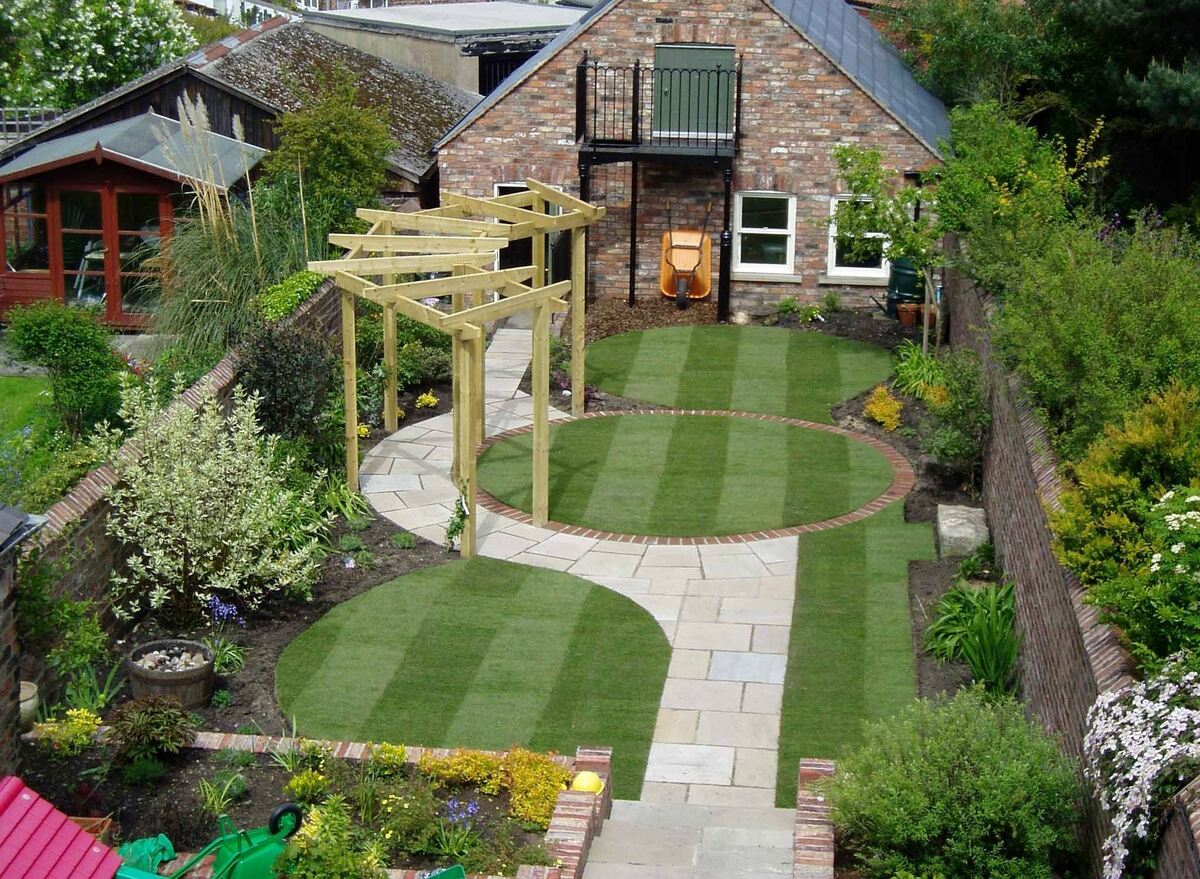
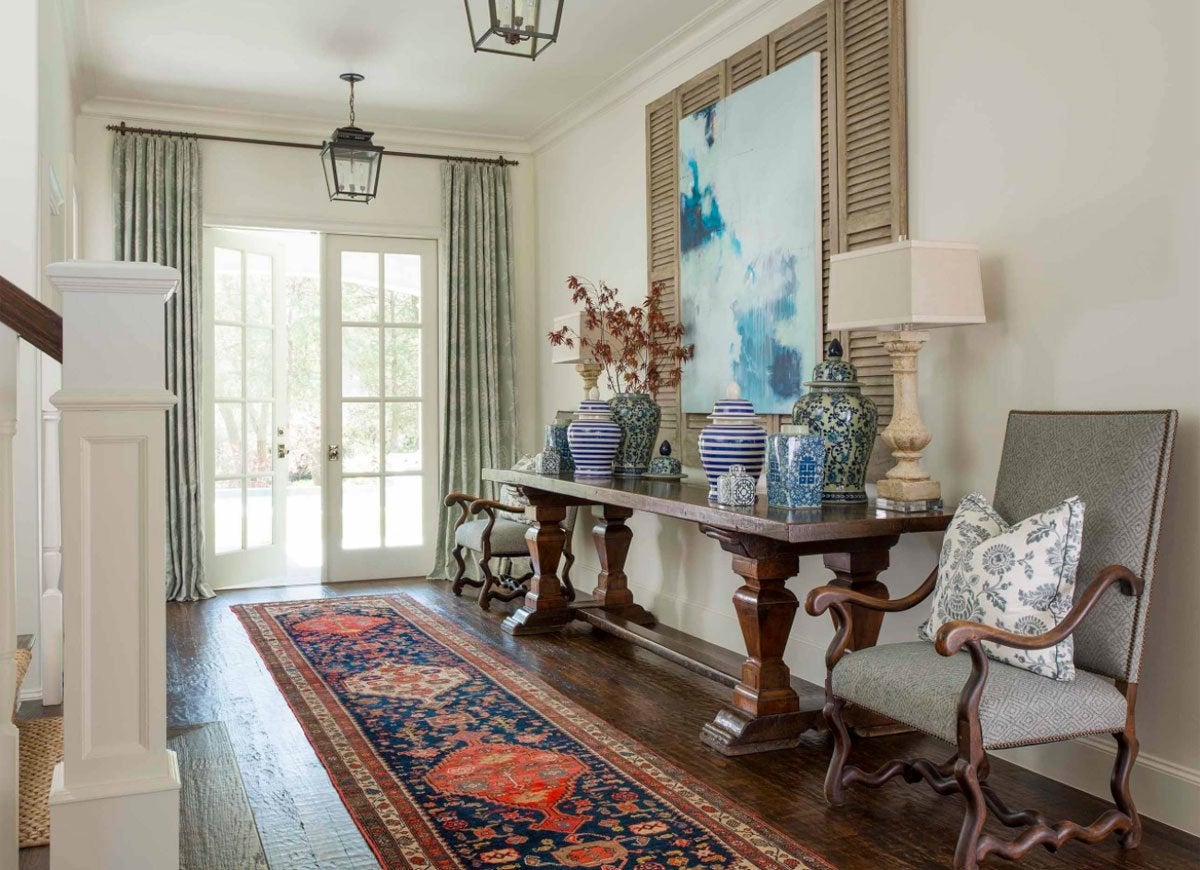

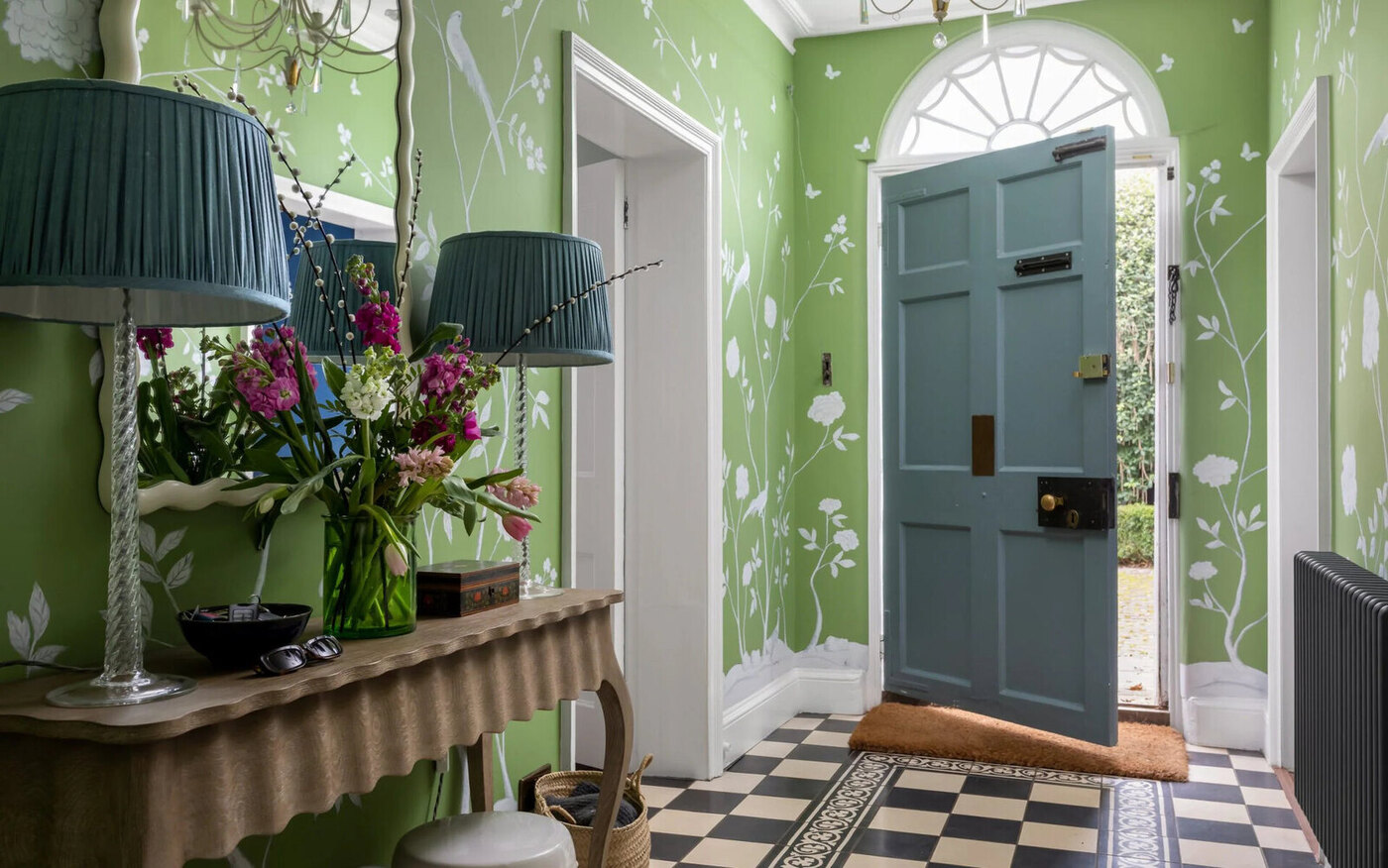
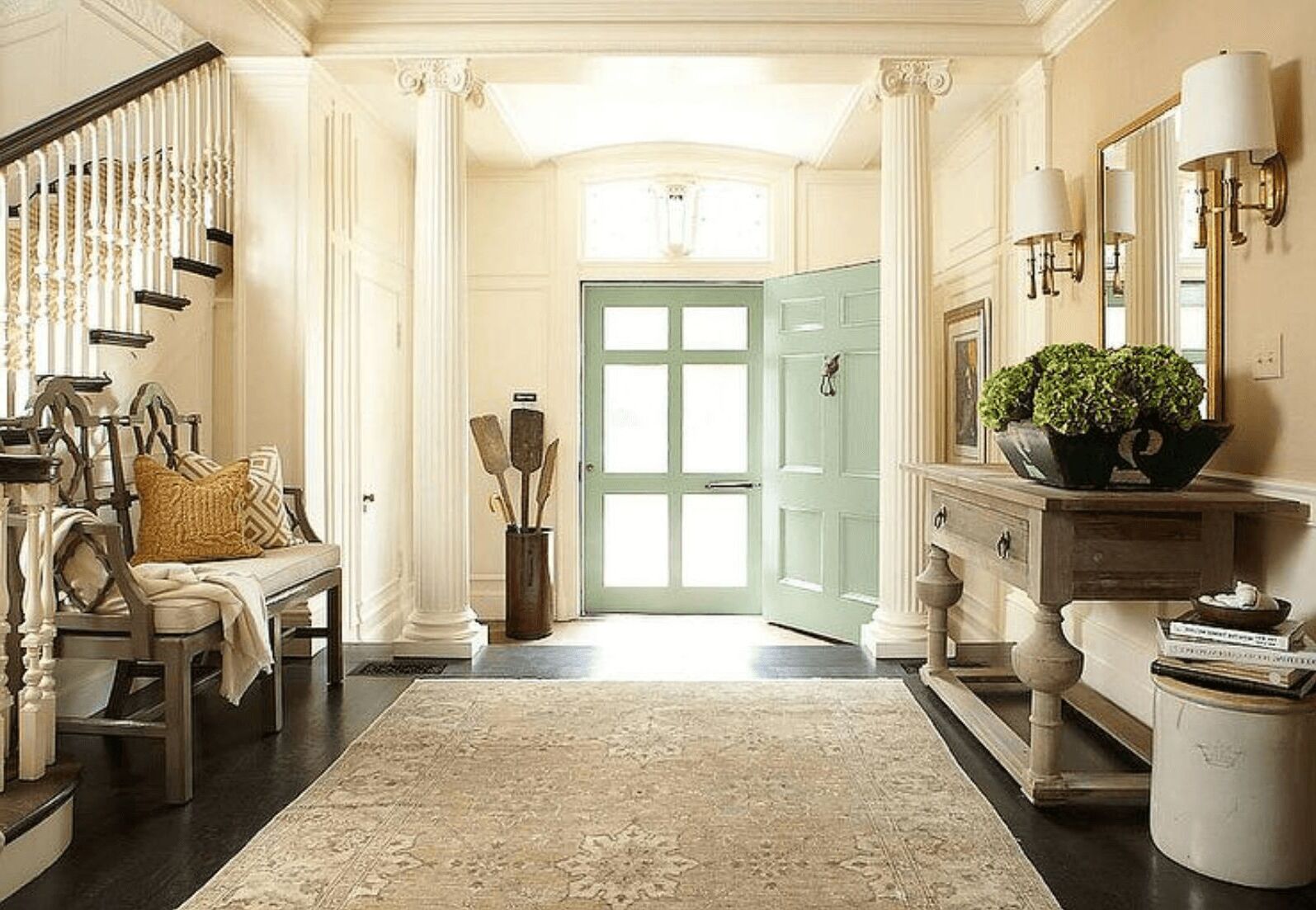
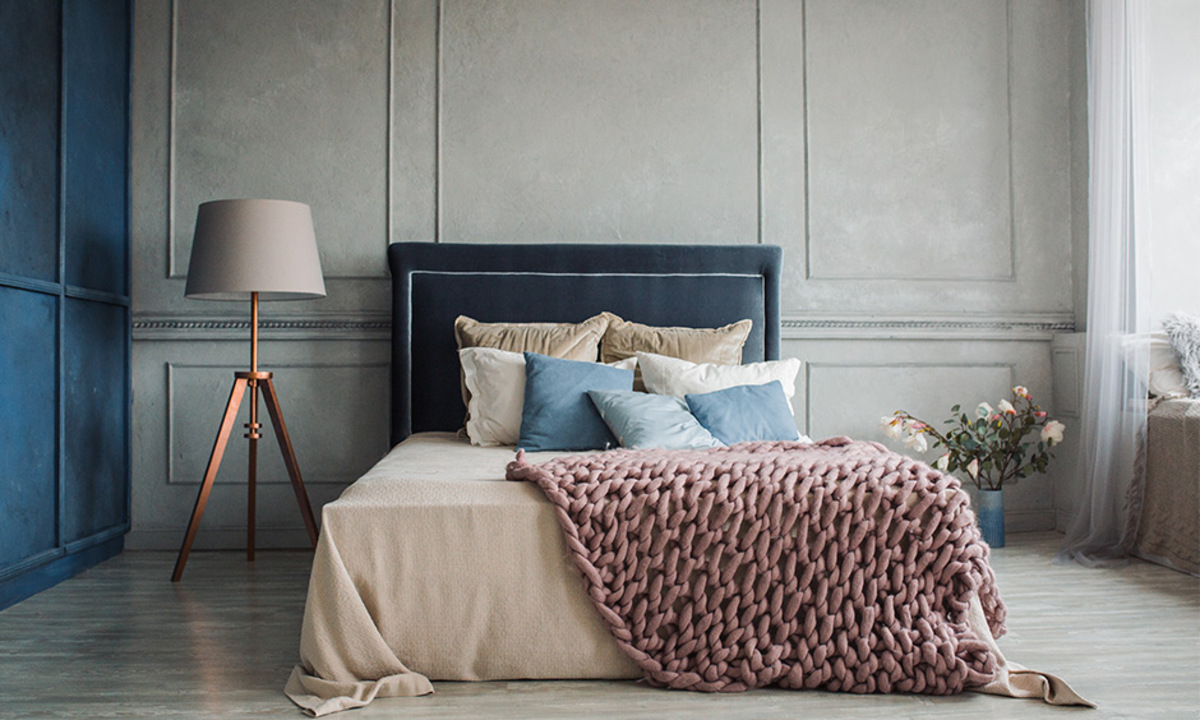
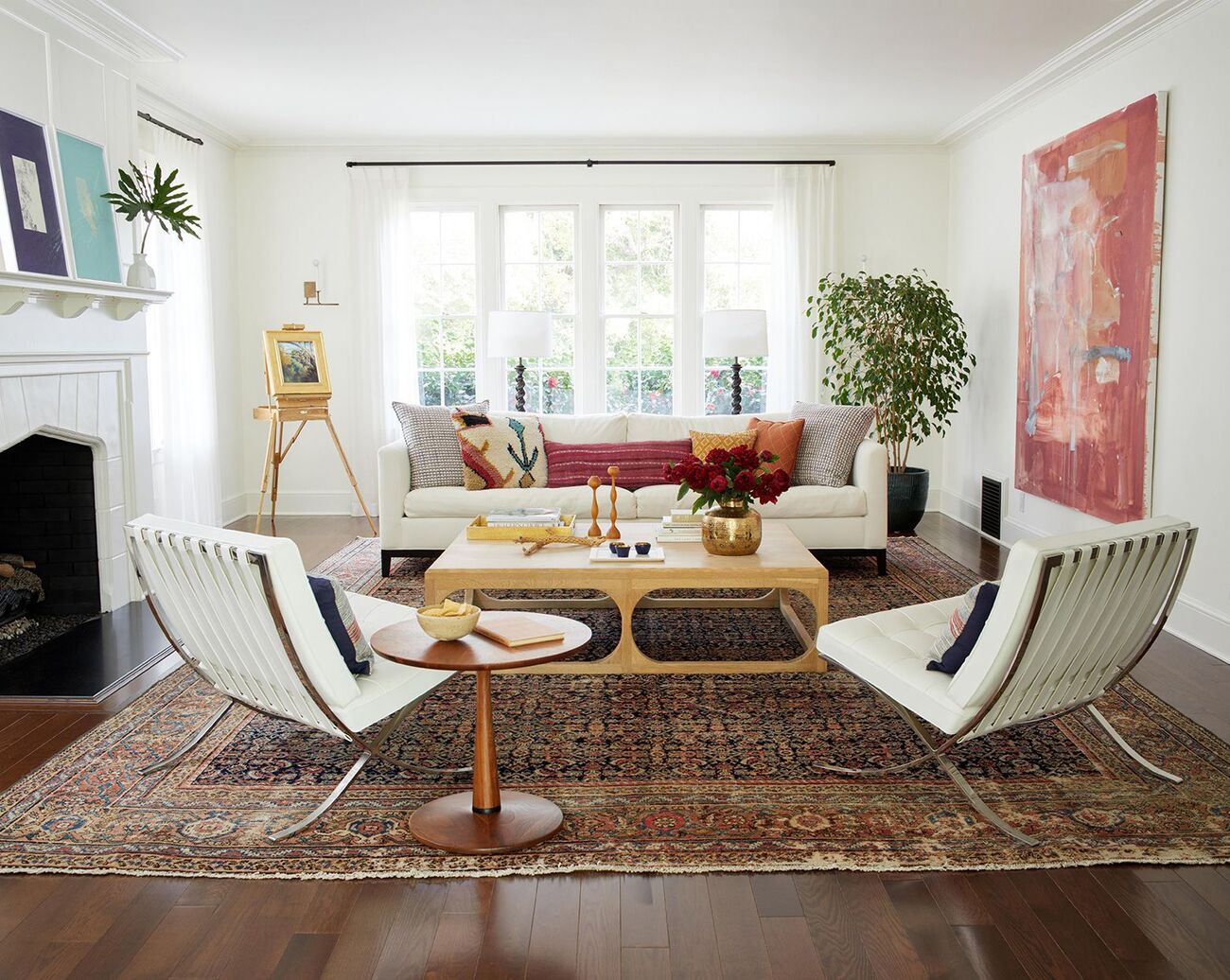
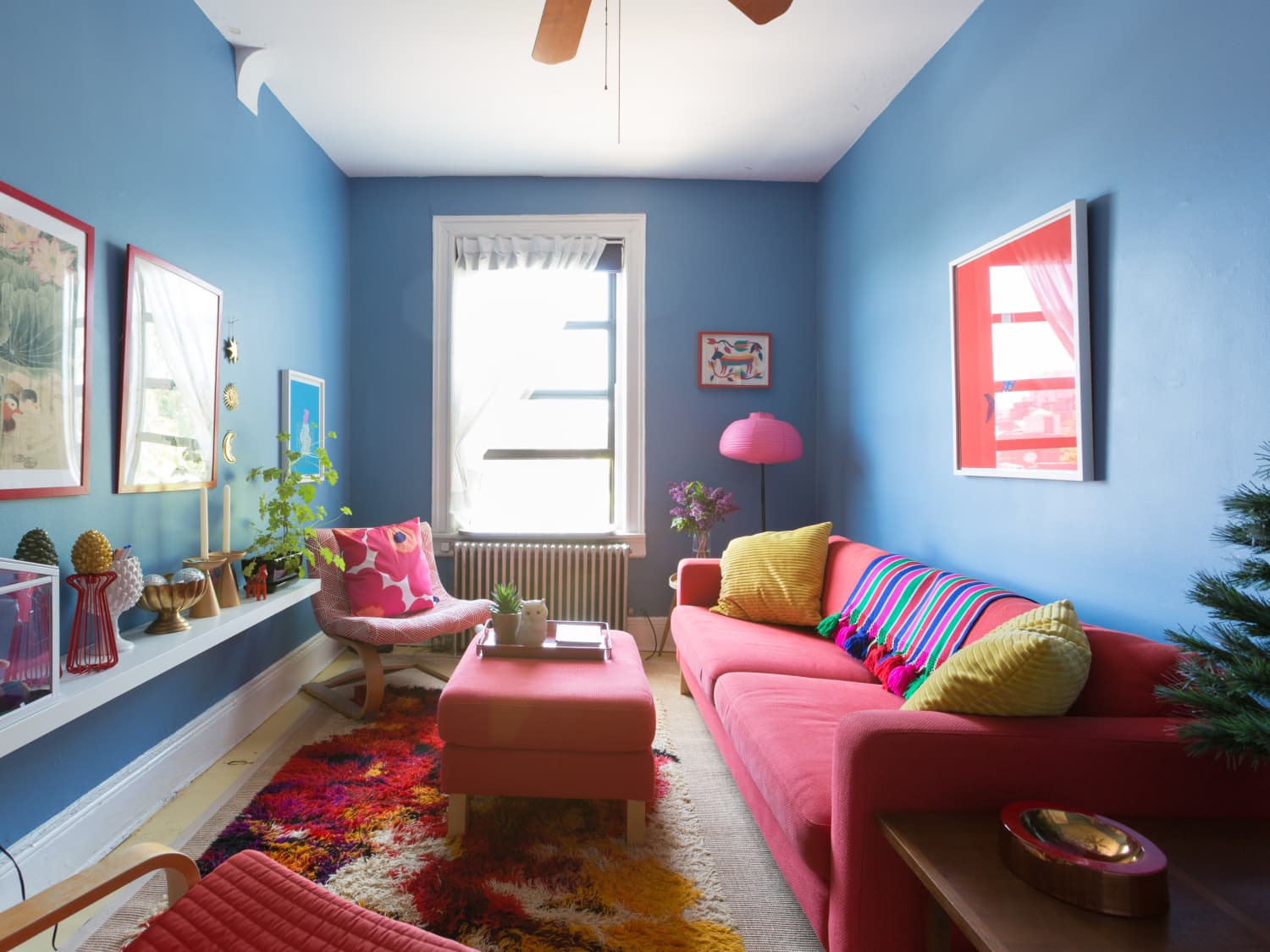
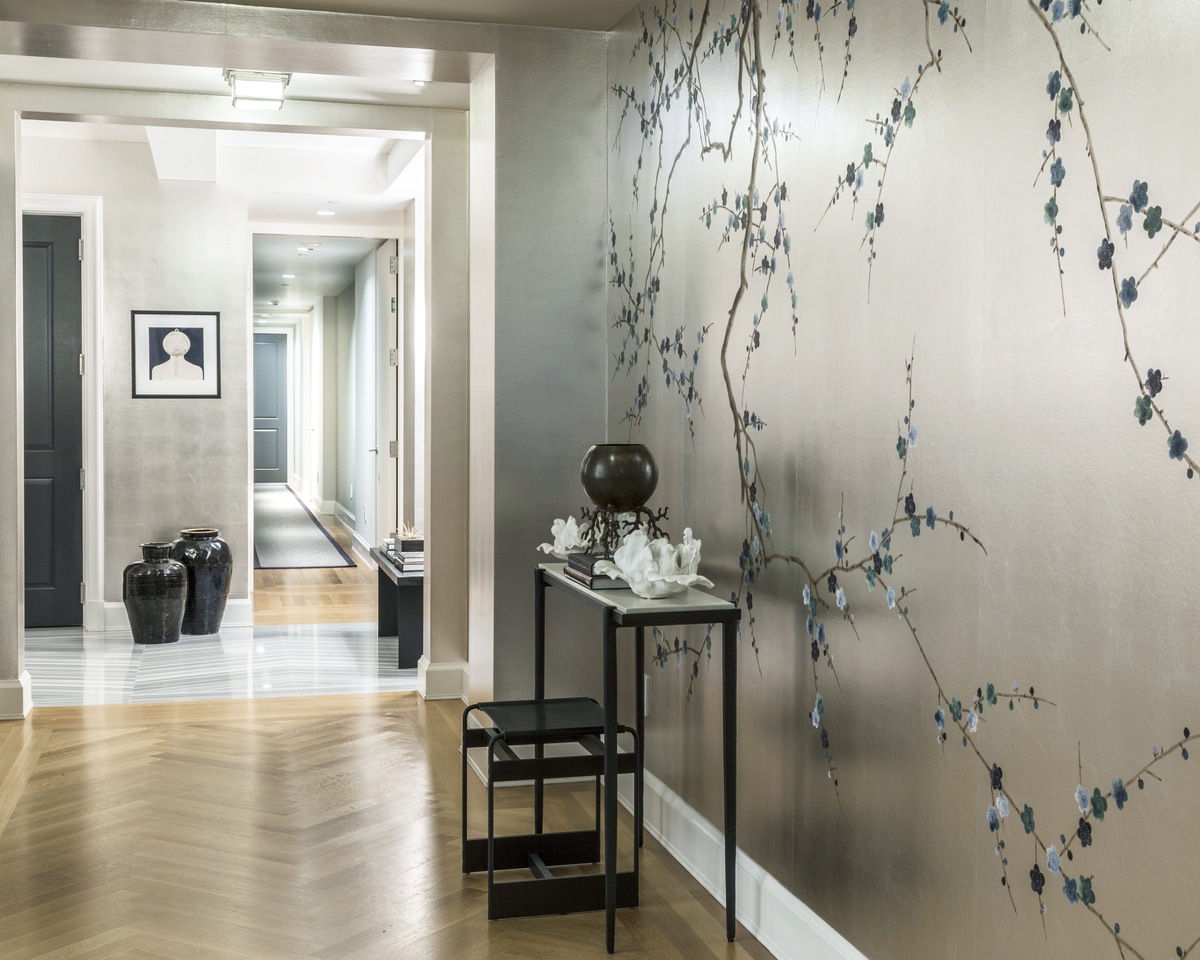
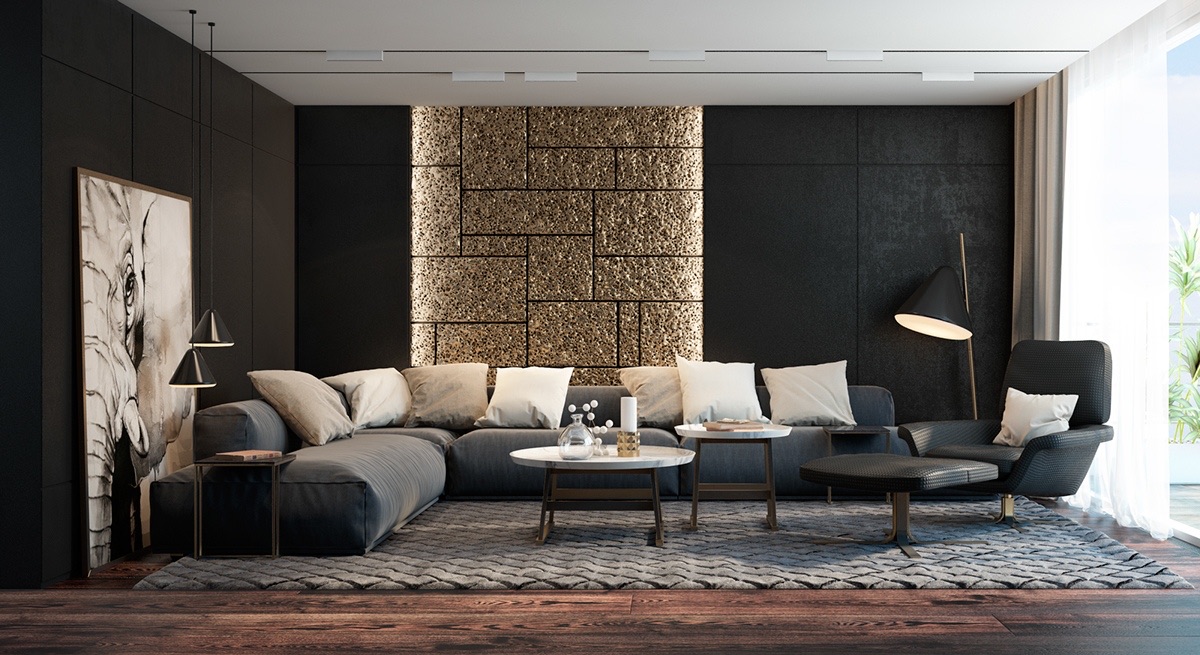
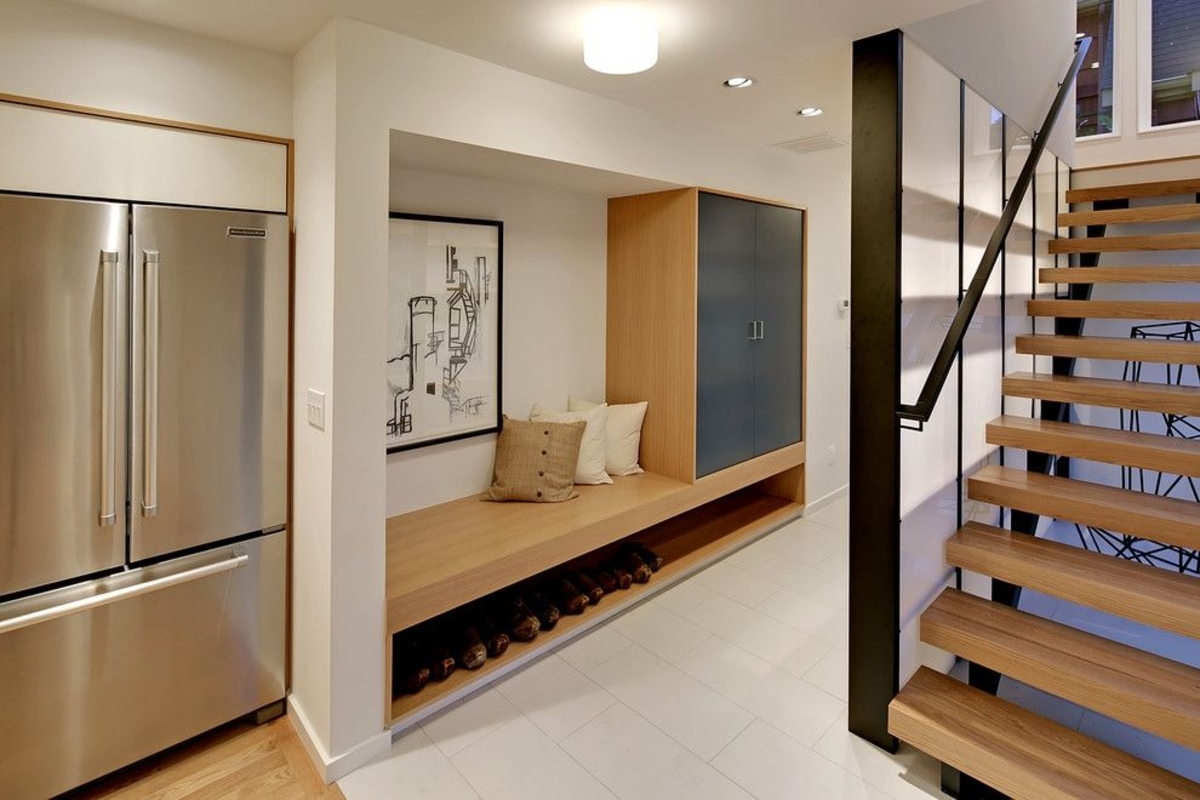
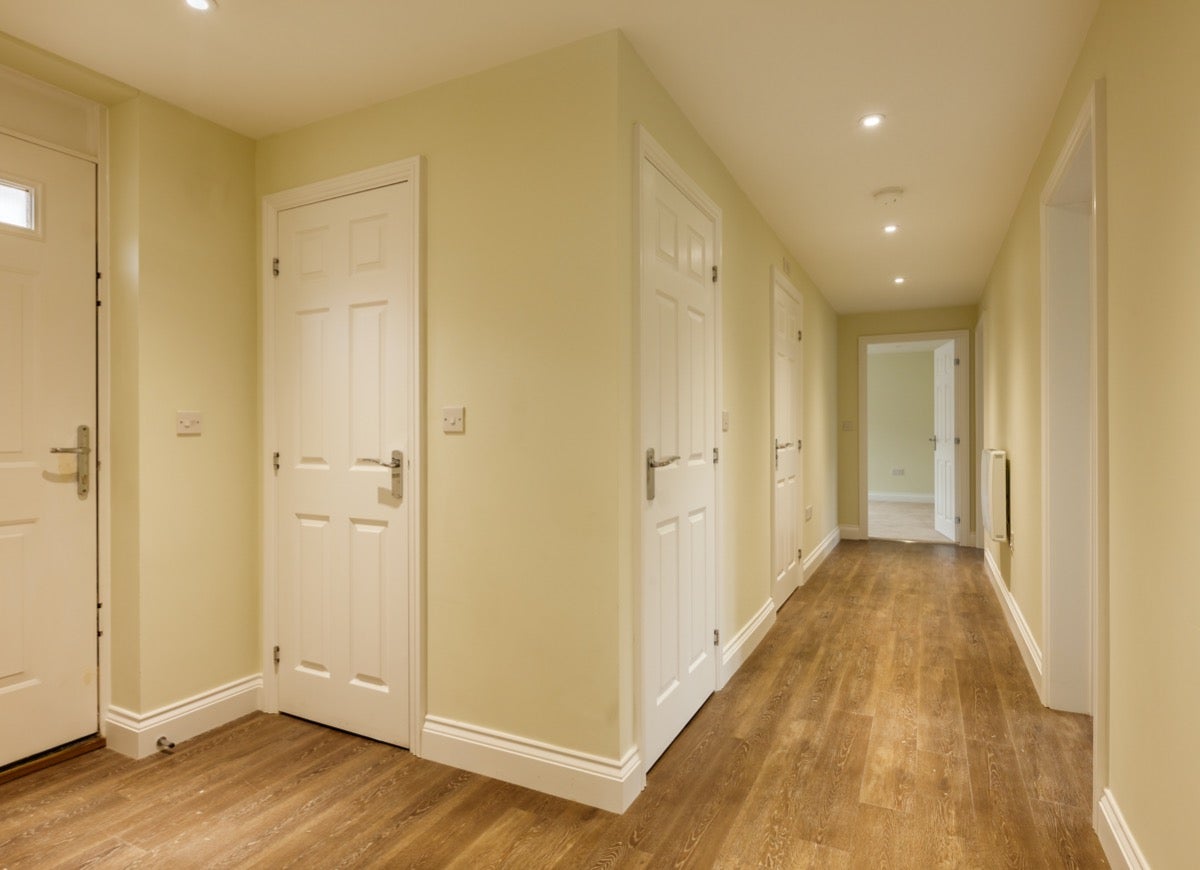
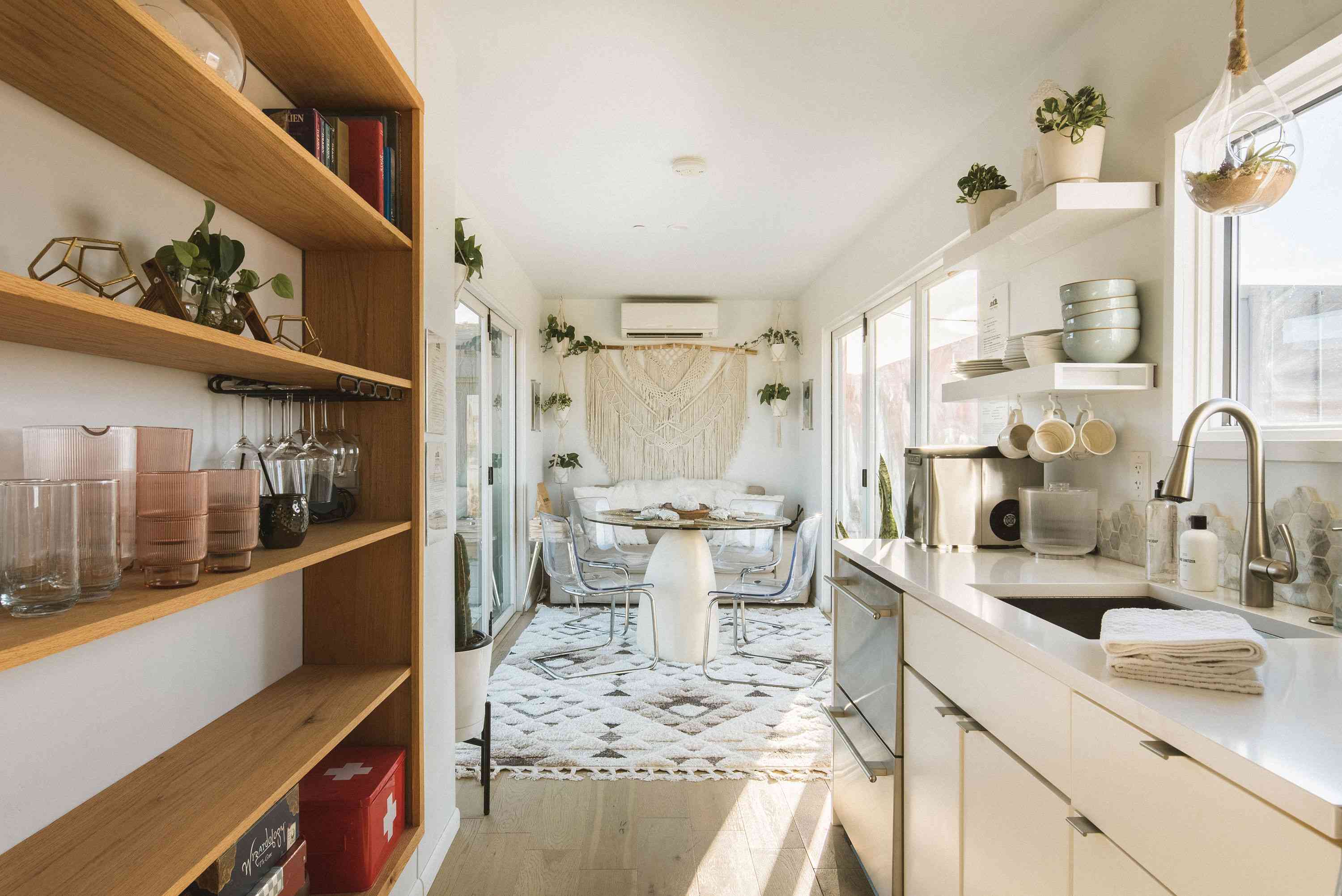

0 thoughts on “Narrow Hallway Ideas: 10 Essential Design Rules For Making A Long Space Seem Wider”